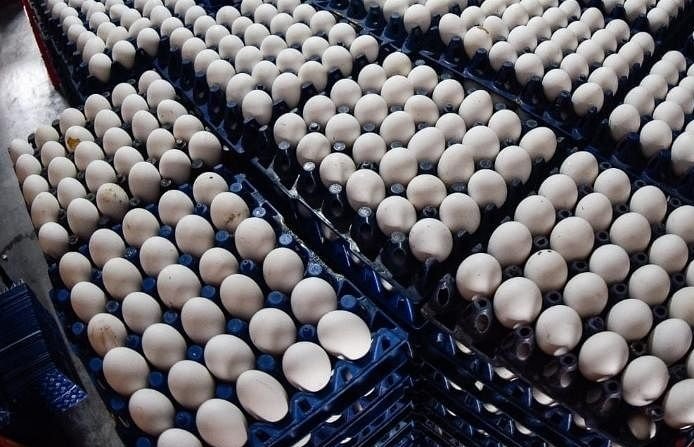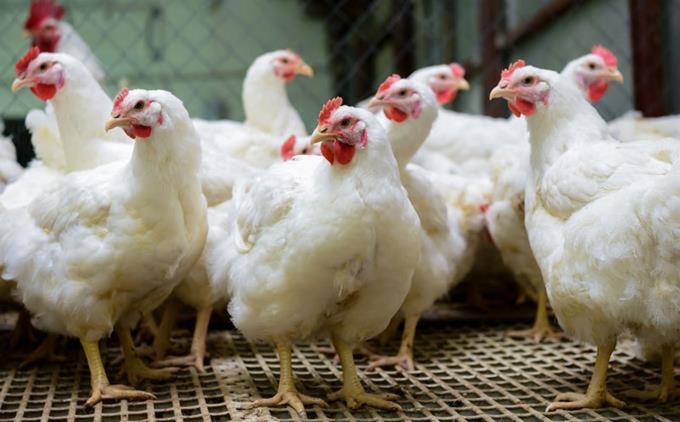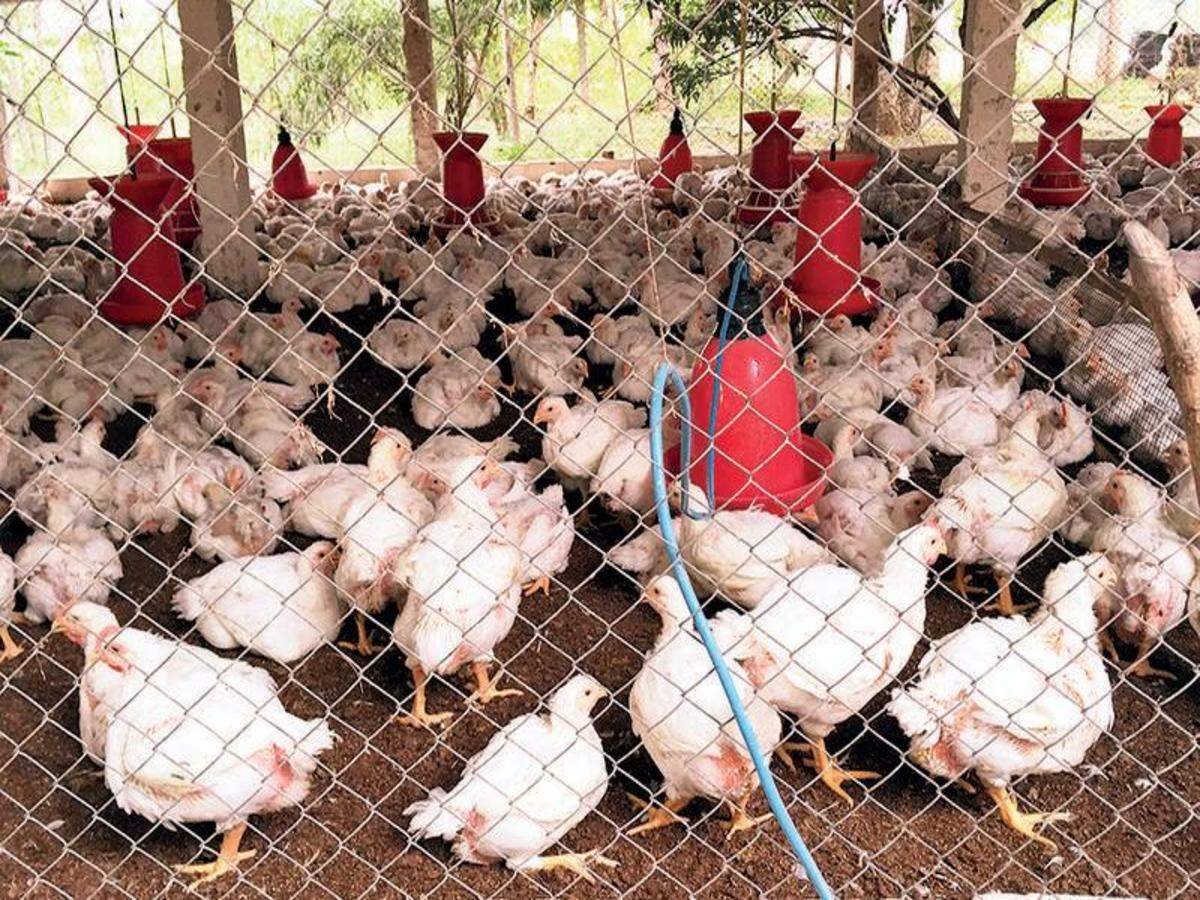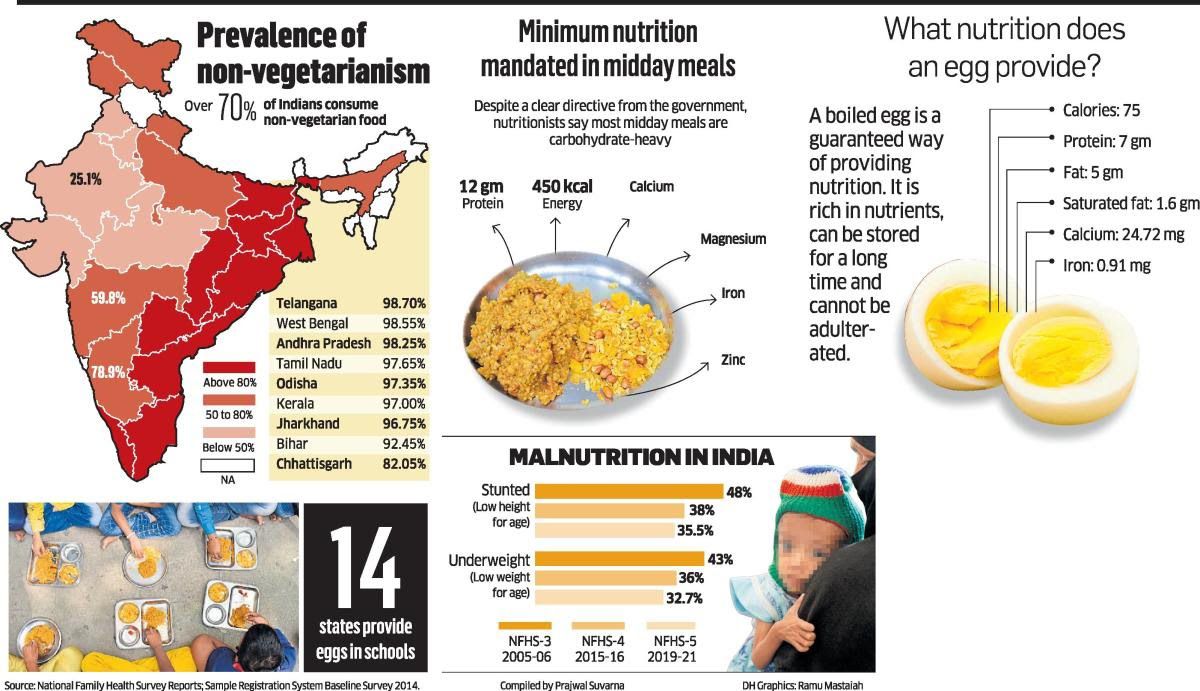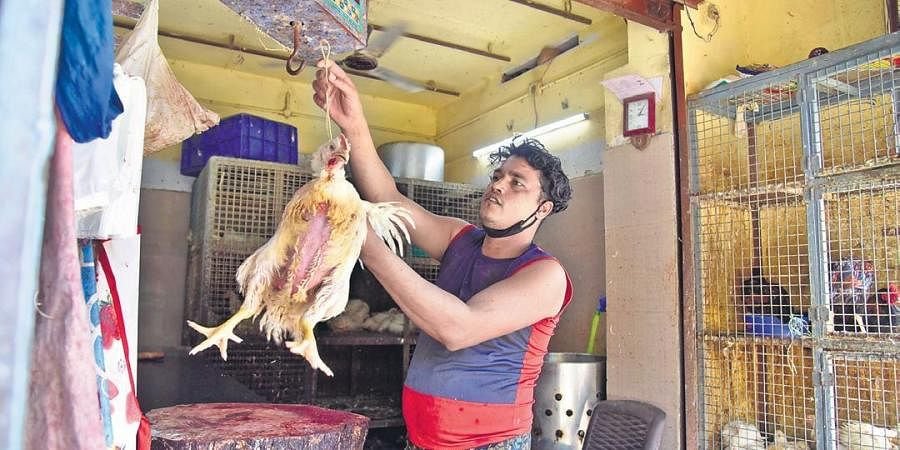Chicken feed costs as much as branded atta; economics of poultry farming takes a toss
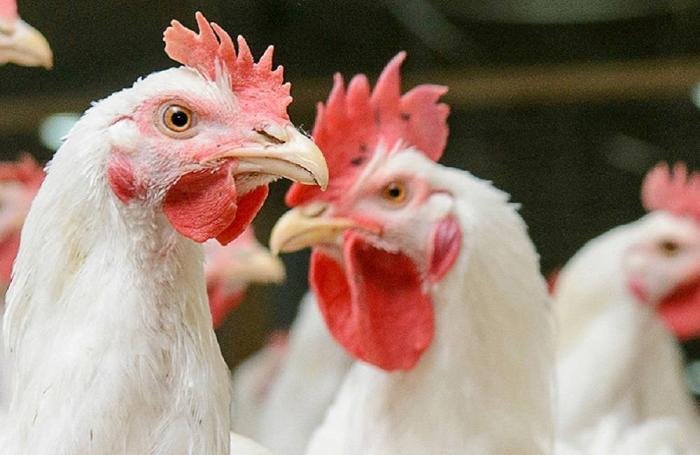
FOR THE poultry industry, the last one-and-a-half years have been nothing short of catastrophic.
First, it was Covid, when prices of poultry products collapsed on misconceived fears linking their consumption to the virus’ transmission. This was in February-March 2000, even before the pandemic’s first wave and the nationwide lockdown that followed.
Then came the avian influenza outbreak of January-February 2021, which hit sales just when consumption was recovering. And after that crisis passed, the second Covid wave struck and forced state-level lockdowns during April-June 2021.
But now, when recovery seems finally underway, the industry is confronting a new crisis — an abnormal spike in feed prices. Since March, prices of feed for egg-laying birds have doubled from about Rs 21 to Rs 43 per kg. These have gone up even more, from Rs 29 to Rs 50 per kg, for feed given to broiler birds raised for chicken meat.
With chicken feed costing almost as much as premium branded atta, the economics of poultry growers has taken a toss. “We are cutting down on sales and supply of new chicks to our growers. At current input costs, raising birds is a totally loss-making proposition,” says Waghole, general manager of the Satara-based Bhairavnath Poultry Farms Pvt. Ltd, which sells around 6 lakh broiler birds per month.
“January-February was bad. The bird flu scare brought down realisations to Rs 56-57 per kg, as against production costs of Rs 75-77. In March, realisations improved to Rs 90/kg and, with costs at Rs 75, things were looking up. But the second wave of Covid spoiled our party and realisations fell to Rs 81/kg in April and Rs 70 in May,” he says.
What has flummoxed Waghole, though, is the continuous increase in feed prices through the second wave and beyond. As broiler feed prices rose, the average broiler production costs went up from Rs 75/kg in March to Rs 83 in April, Rs 92 in May and Rs 95-96 in June-July. To make up for the losses in April-May, Waghole’s farm raised its average sale price to Rs 88/kg in June and Rs 110 in July.
“We have reached a point where increasing prices is no longer possible, especially with the Shravan month (July 23-August 22) when many people don’t consume chicken and eggs. And feed costs aren’t showing any signs of softening,” he says.
Waghole’s company is a poultry integrator that supplies day-old chicks with feed and medicines to farmers. They rear the chicks weighing 35-40 gm into 2-2.5 kg birds over 40-45 days. The farmers are paid a fixed rearing charge of Rs 5.40/kg by the integrators, who take back and sell the market-ready birds.
Bhairavnath Poultry Farms alone deals with around 500 such farmers, mostly in Maharashtra’s Satara and Pune districts. Among them is Ravi Babar from Kikali village in Satara’s Wai taluka. The 33–year-old grows sugarcane on his entire six-acre holding and maintains a 6,000-bird poultry farm. He has been associated with Bhairavnath Poultry Farms for the past 10 years, and does 5-6 cycles of rearing — each of 40-45 days plus 20 days of cleaning and rest — every year for revenues of Rs 3.5-4 lakh.
“Apart from the money (farmers only have to bear labour, electricity and other incidental expenses), the droppings of the birds are excellent fertiliser for my cane crop,” he says. But Babar stands to lose on both counts if Waghole reduces or even stops placement of day-old chicks with him.
The main driver of rising feed costs has been soyabean. The de-oiled cake (DOC) obtained from it after extraction of oil is the main source of protein in chicken feed. Layer feed typically contains 15% DOC, 80% maize (for carbohydrate) and 5% vitamins, minerals, etc. The DOC content is more in broiler feed (30%), with maize (65%) and vitamins/minerals (5%) accounting for the balance.
Ex-factory (soyabean processing plant) prices of DOC have risen from an average of Rs 35.50/kg in January to Rs 39.80 in February, Rs 45.20 in March, Rs 62.50 in April, Rs 65 in May, Rs 68 in June and Rs 97 in July. On Monday, DOC traded at an all-time-high of Rs 107/kg.
While the unprecedented surge is partly attributable to international prices — the most-active soyabean futures contract at the Chicago Board of Trade exchange has soared over 55% in the last one year — Waghole is convinced it has more to do with speculation.
Even the Soyabean Processors Association of India (SOPA) has blamed the recent price spike on excessive speculative trades at the National Commodity and Derivatives Exchange (NCDEX). On July 26, the Indore-based SOPA wrote to the NCDEX: “The soya processing and even the aqua culture/ poultry industry, which uses the end product i.e. soyabean meal, is suffering badly because of the excessive speculation,” it said.
Earlier, the All-India Poultry Breeders and Farmers Association had called for a complete ban on soyabean futures, besides demanding import of 20 lakh tonnes of DOC. Poultry birds, unlike ruminants such as cows, buffaloes and goats, cannot easily digest DOC from groundnut, cottonseed or mustard.
The landed price of imported soyabean DOC would work to only Rs 40 per kg. But unlike the domestically manufactured DOC/meal, it contains genetically modified soyabean. “In any case, it is too late. By the time the imports arrive, our own soyabean will be ready for harvest. We hope that prices will soften when the new crop starts coming to the market from September,” says Waghole.
And without soyabean prices softening, there are no hopes of chicken and eggs turning more affordable either.
Source: THE INDIAN EXPRESS


